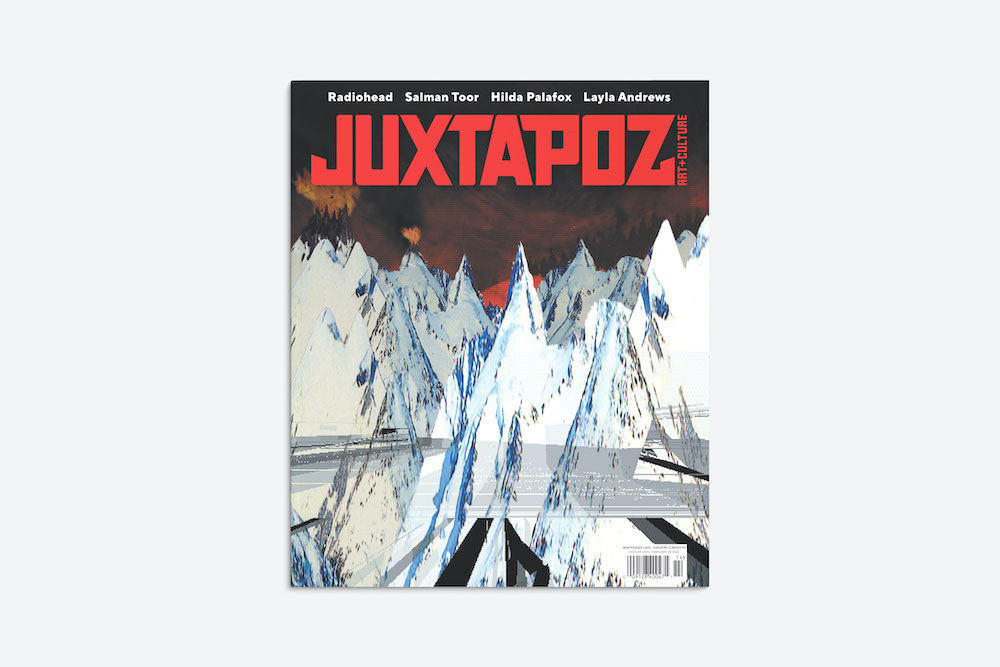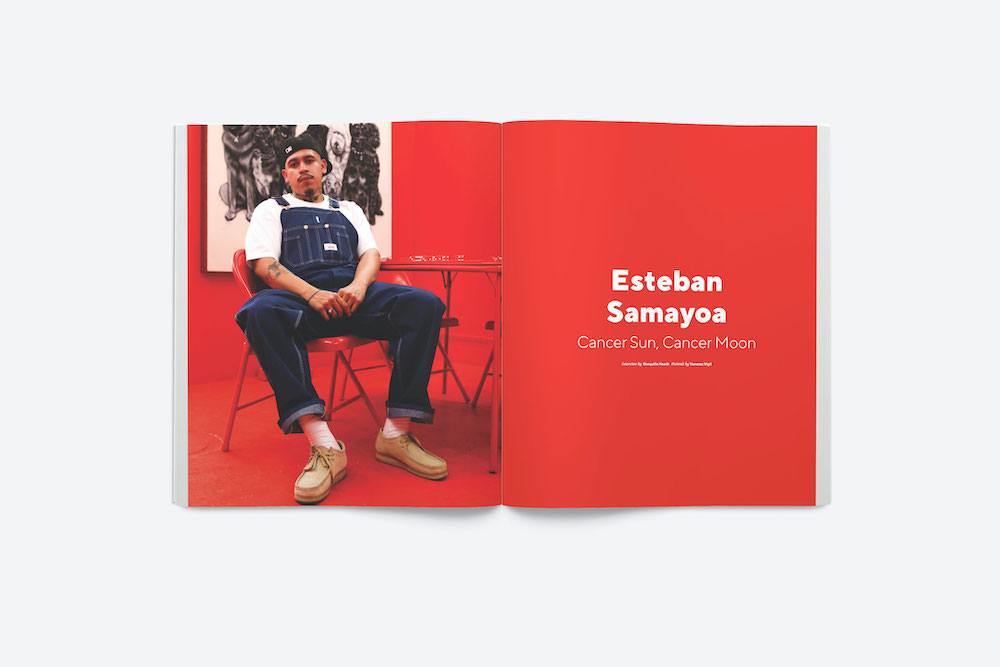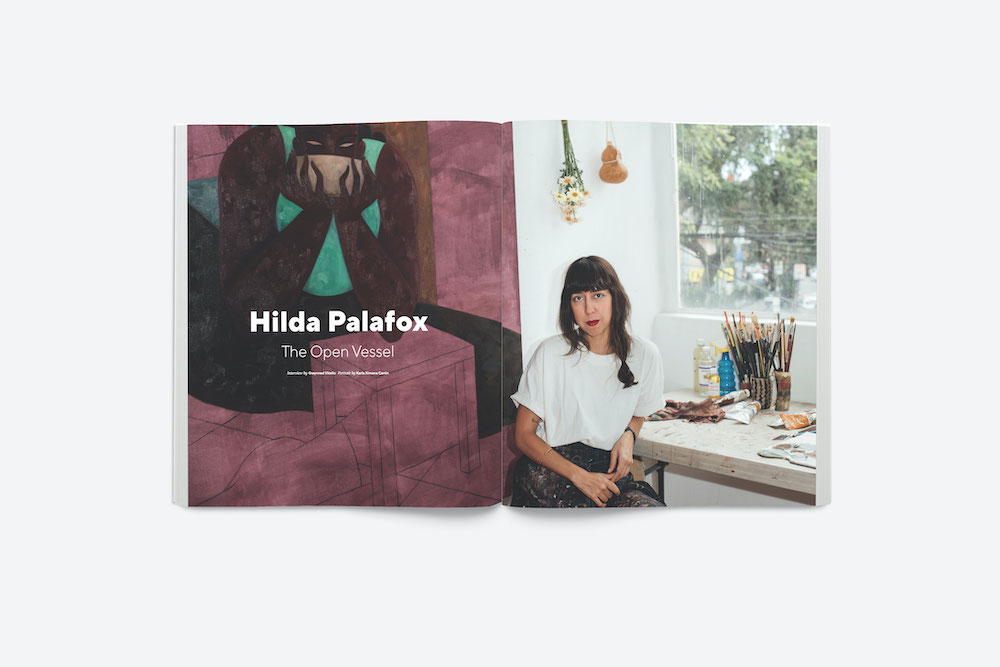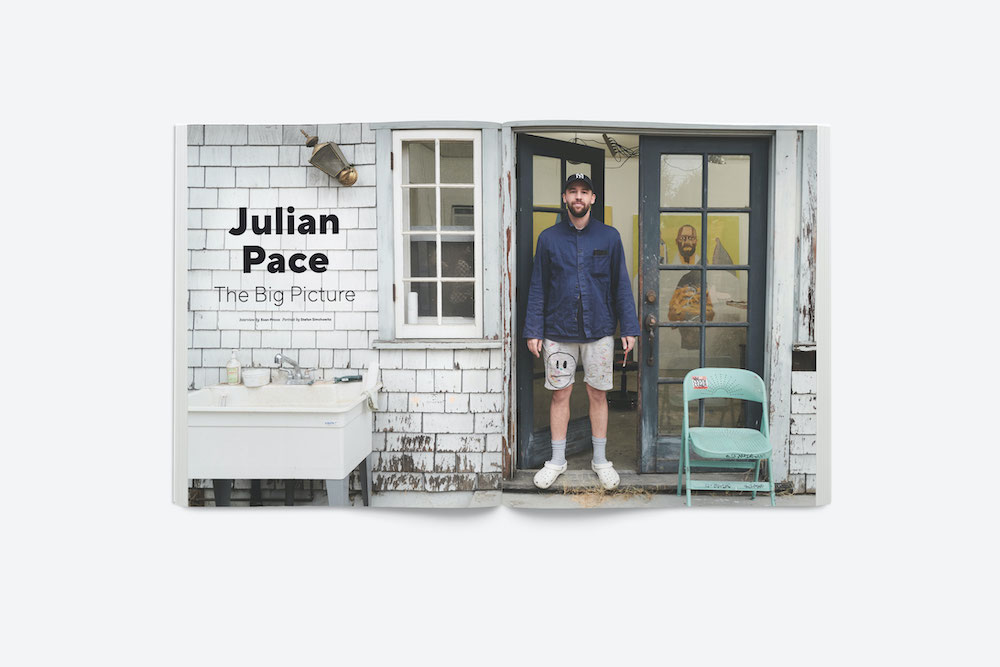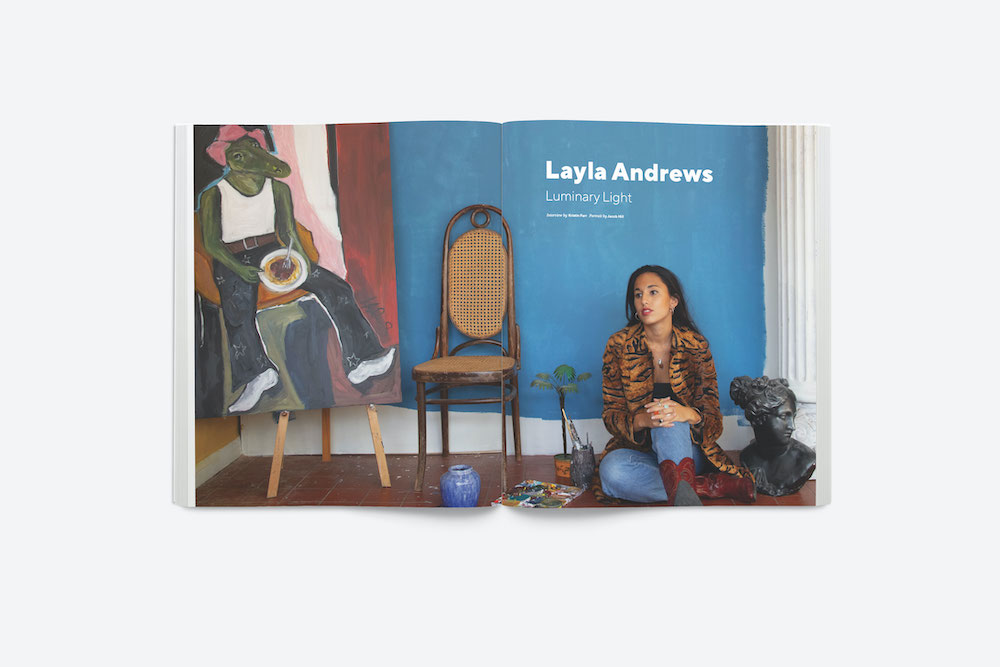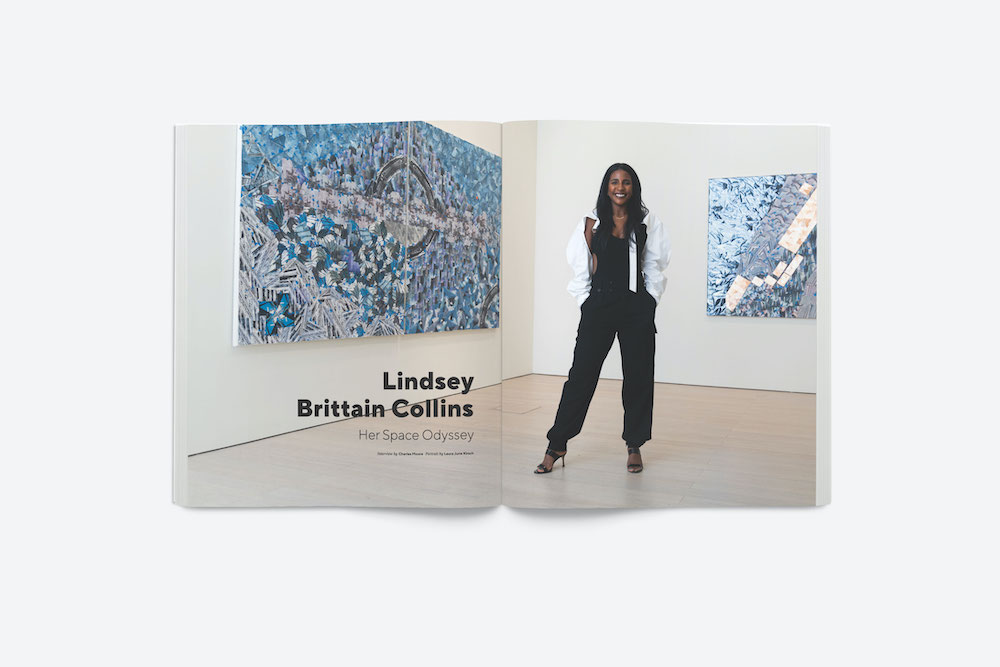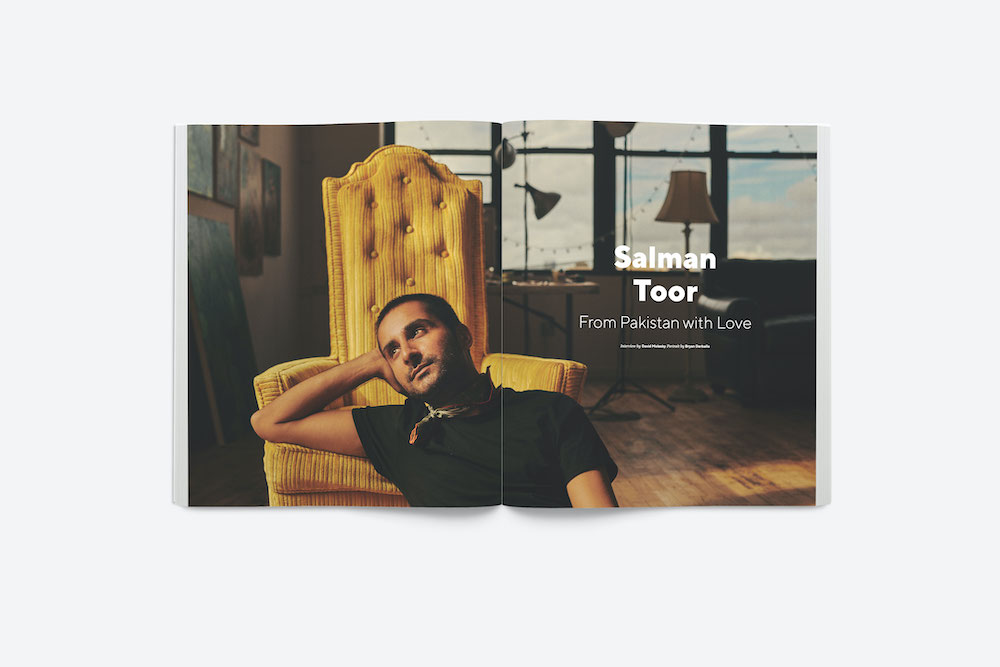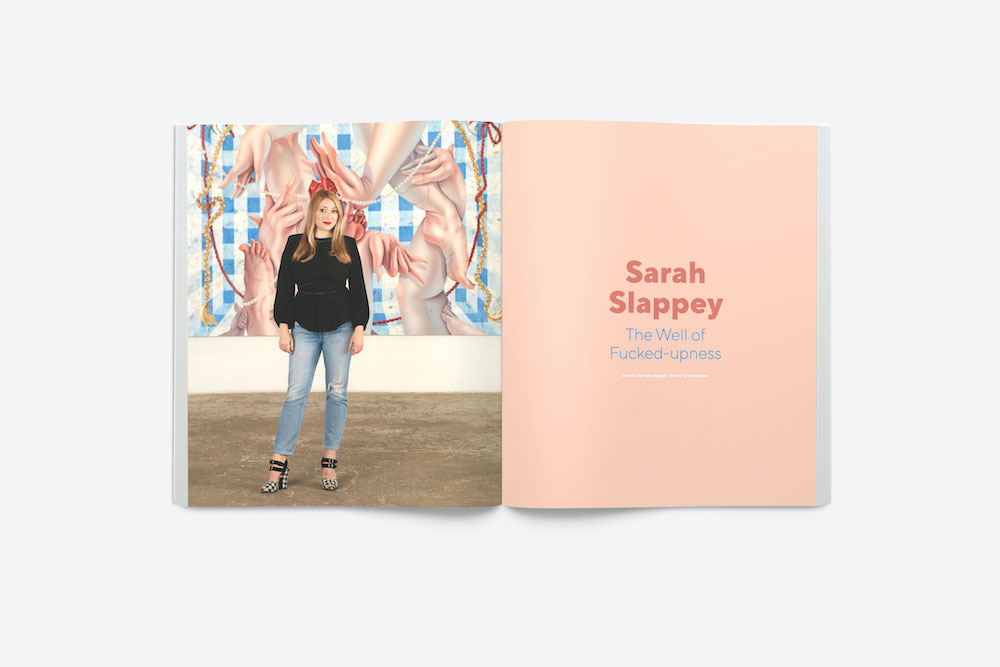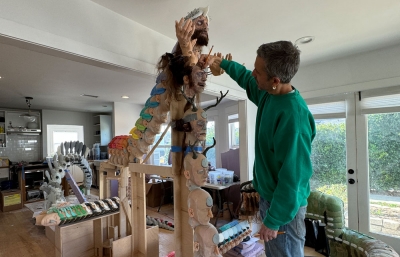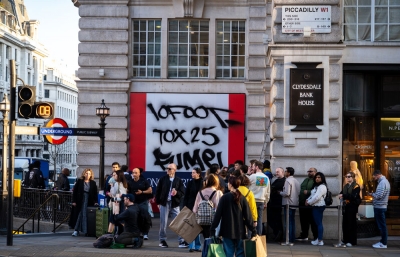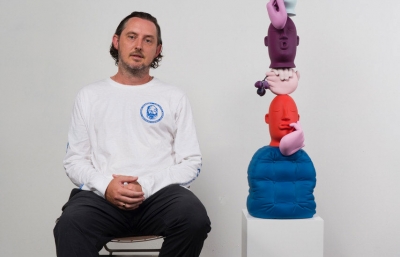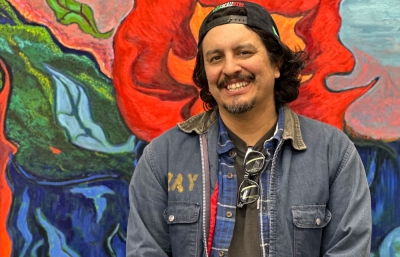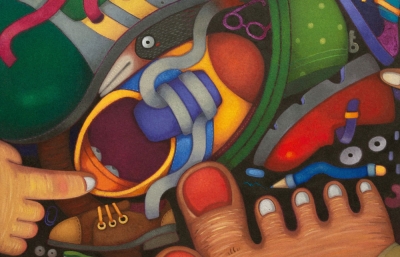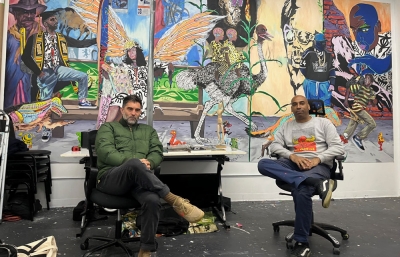“Everything… in its right place.” —Radiohead from their 2000 LP, Kid A
At the top of a short wish list of bands who might reissue a box set, of all the albums to do it with, I would say that Radiohead’s Kid A and Amnesiac are at the top. Let me explain: I’m of a certain age, was actually a freshman in college, when Radiohead played “The National Anthem” on SNL in the fall of 2000. I felt the shock wave of innovation and art that I didn’t imagine possible on mainstream television. It hit like a bolt of lightning, something very different and apparently, very new century. Looking back 21 years later, and surveying the landscape of Billboard music, that Kid A made its debut at #1 in the album charts seems unfathomable. An artistic statement from such a popular band doesn’t slam into public consciousness like it used to, and perhaps it might not again. That said, what a testimony it is that difficult and challenging creative outputs did occupy a potent place in our wider pop-culture.
It seems important to have this issue bookended with an interview with Dave Eggers. We have been thinking about him a lot in recent weeks, and how he was able to reimagine how we looked at literature, book publishing and education. Even with his new book, The Every, and the way he brought a collection of contemporary artists to create an assortment of book covers, Eggers changed the potential of a book and the way they are released within the publishing world. Eggers is the perfect example of a widely successful and popular author who has challenged the traditional publishing status quo and is always trying to support alternative means for literature to be supported. In a way, he is looking to broaden what the arts could look like to eager audiences. I’ve always compared Kid A and Eggers in my head, always wondered how such a stadium band could have the #1 album in America when they decided to chart new territories in their sound and abandon preconceived notions of the genre, but still be critically acclaimed. Being challenged is healthy, and it creates a healthier audience. Radiohead was the prime example 21 years ago.
That’s why it was so exciting that frontman Thom Yorke and his longtime artistic collaborator, Stanley Donwood, felt compelled to really emphasize what was truly a special harvest from the band—not just the music, but the art, as well. In this issue’s interview, Yorke speaks of a “bee in his bonnet” urging him to revisit artwork he and Donwood made during this era, and for all intents and purposes, have put that work front and center for the catalog of reissues Radiohead is doing with Kid A Mnesia. Apparently, one of the band’s most experimental and innovative periods was fueled by output from the art studio. “The funny thing was there was this sort of confidence in the multidirectional madness,” Yorke told us. “We were absolutely, totally confident that this would all form together into something that made sense.”

This issue thrives on rule-breaking. Salman Toor, Afrofuturism pioneers, Tania Franco Klein and the other featured artists speak about break from tradition, and the result is something graceful, experimental, urgent and sublime. Kid A was perhaps the first great work of art of the new millennium, something aficionados of any genre return to as an example of rebirth and reimagination in collaboration. The band has begun to unpack the work of that time, in their own voice, inspiring confidence to widen our own potential. Sometimes taking a chance is the best practice of all. —Evan Pricco
Buy Winter 2022 here

